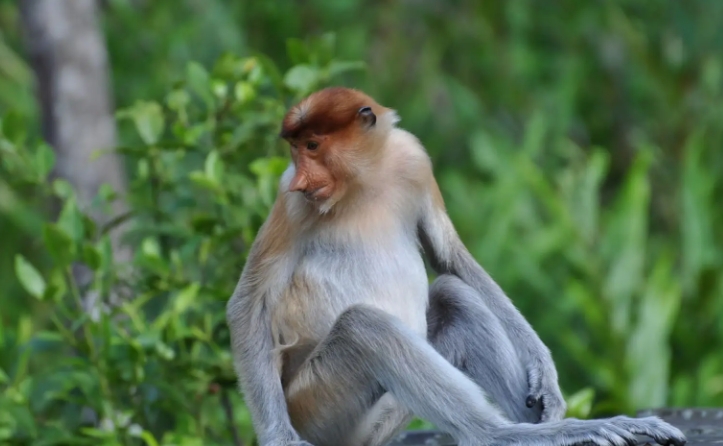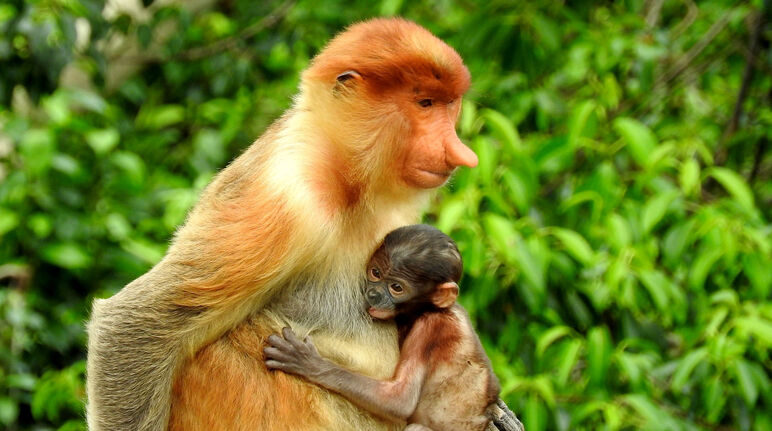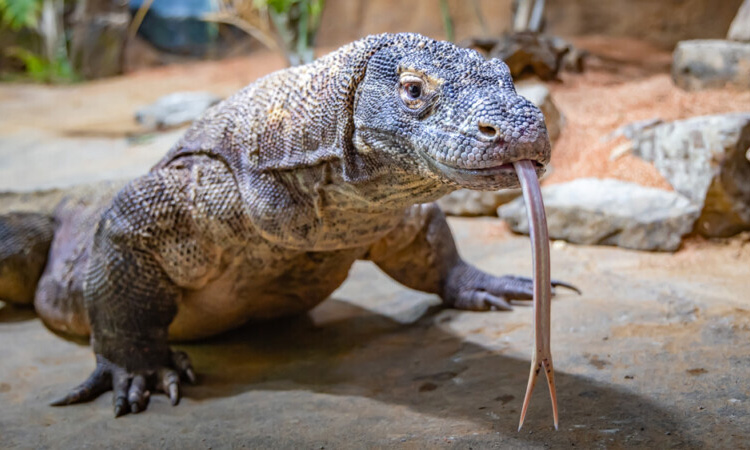The Proboscis monkey, scientifically known as Nasalis larvatus, is an enigmatic and fascinating primate found exclusively on the island of Borneo. Renowned for its distinctive large nose and pot-bellied appearance, the Proboscis monkey is a beloved icon of the region’s rich biodiversity.
Unique Appearance
One cannot help but be captivated by the Proboscis monkey’s most distinctive feature: its large, pendulous nose. This remarkable nasal appendage serves both practical and social functions, acting as a resonating chamber for the monkey’s distinctive vocalizations and playing a role in attracting mates.
Habitat and Distribution
The Proboscis monkey is primarily found in the coastal mangrove forests, swamps, and riverine habitats of Borneo. Its distribution is limited to certain regions of the island, particularly in areas where it can find an abundance of suitable food sources such as leaves, fruits, and seeds.
Social Structure
Proboscis monkeys are highly social animals, typically living in groups composed of a dominant male, several females, and their offspring. These groups, known as harems, exhibit complex social dynamics, with the dominant male maintaining order and defending the group’s territory against rival males.
Ecological Importance
As herbivores, Proboscis monkeys play a vital role in shaping the dynamics of the ecosystems they inhabit. Through their feeding habits and dispersal of seeds, they contribute to the regeneration of forest habitats, making them integral components of Borneo’s rich biodiversity.
Conservation Status
Despite their unique charm and ecological significance, Proboscis monkeys face numerous threats to their survival, primarily due to habitat loss and fragmentation caused by deforestation, logging, and agricultural expansion. Additionally, they are vulnerable to hunting and poaching, further exacerbating their population decline.

Conservation Efforts
Efforts to conserve the Proboscis monkey and its habitat are underway, with organizations and governments working to establish protected areas, implement sustainable forestry practices, and raise awareness about the importance of biodiversity conservation. These efforts are crucial in ensuring the long-term survival of this iconic species.
Conclusion
The Proboscis monkey stands as a testament to the wonders of nature, with its quirky appearance and complex social behaviors captivating the hearts and minds of people around the world. As we strive to protect Borneo’s unique biodiversity, let us also work together to ensure a future where these fascinating primates can thrive in their natural habitat for generations to come.




